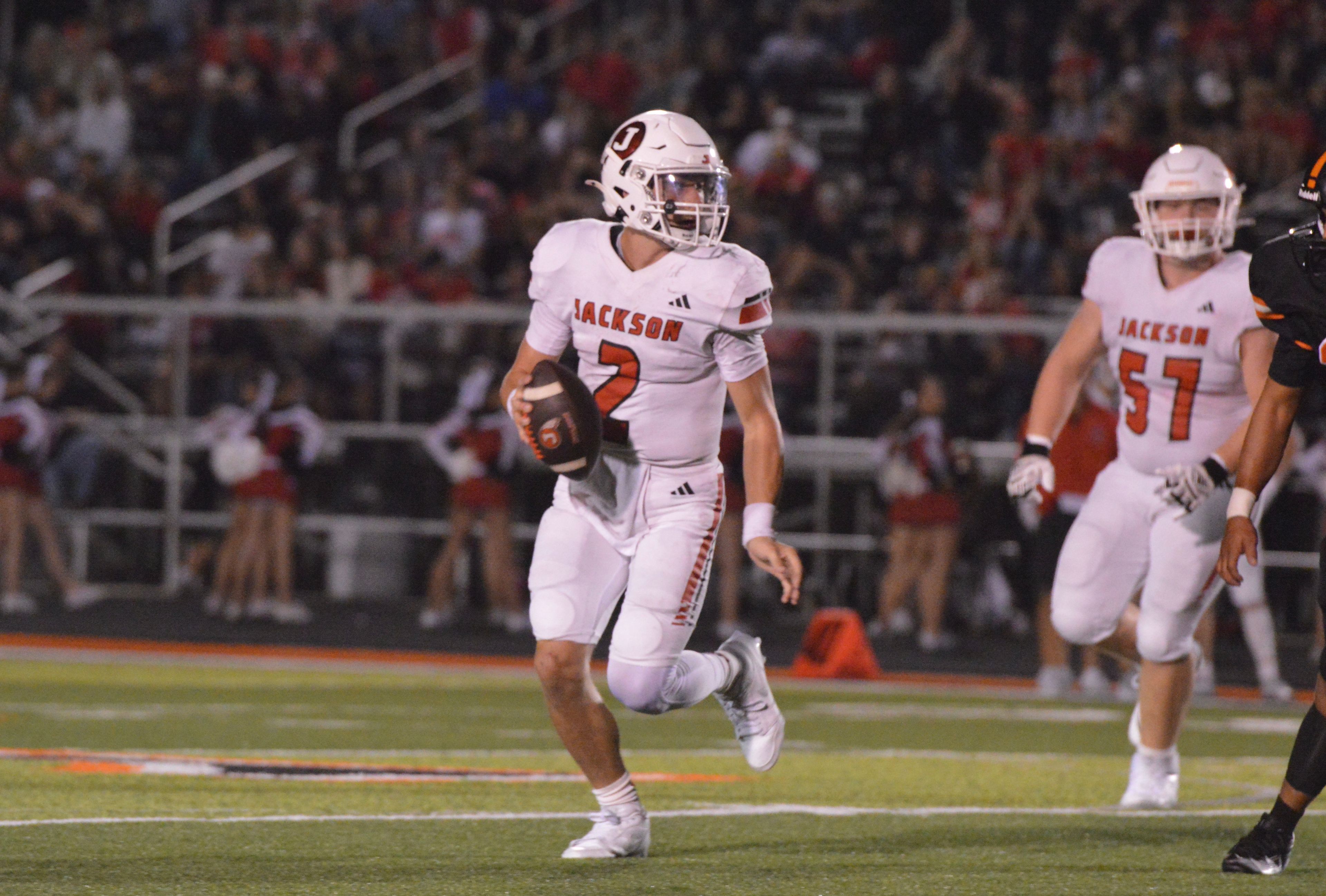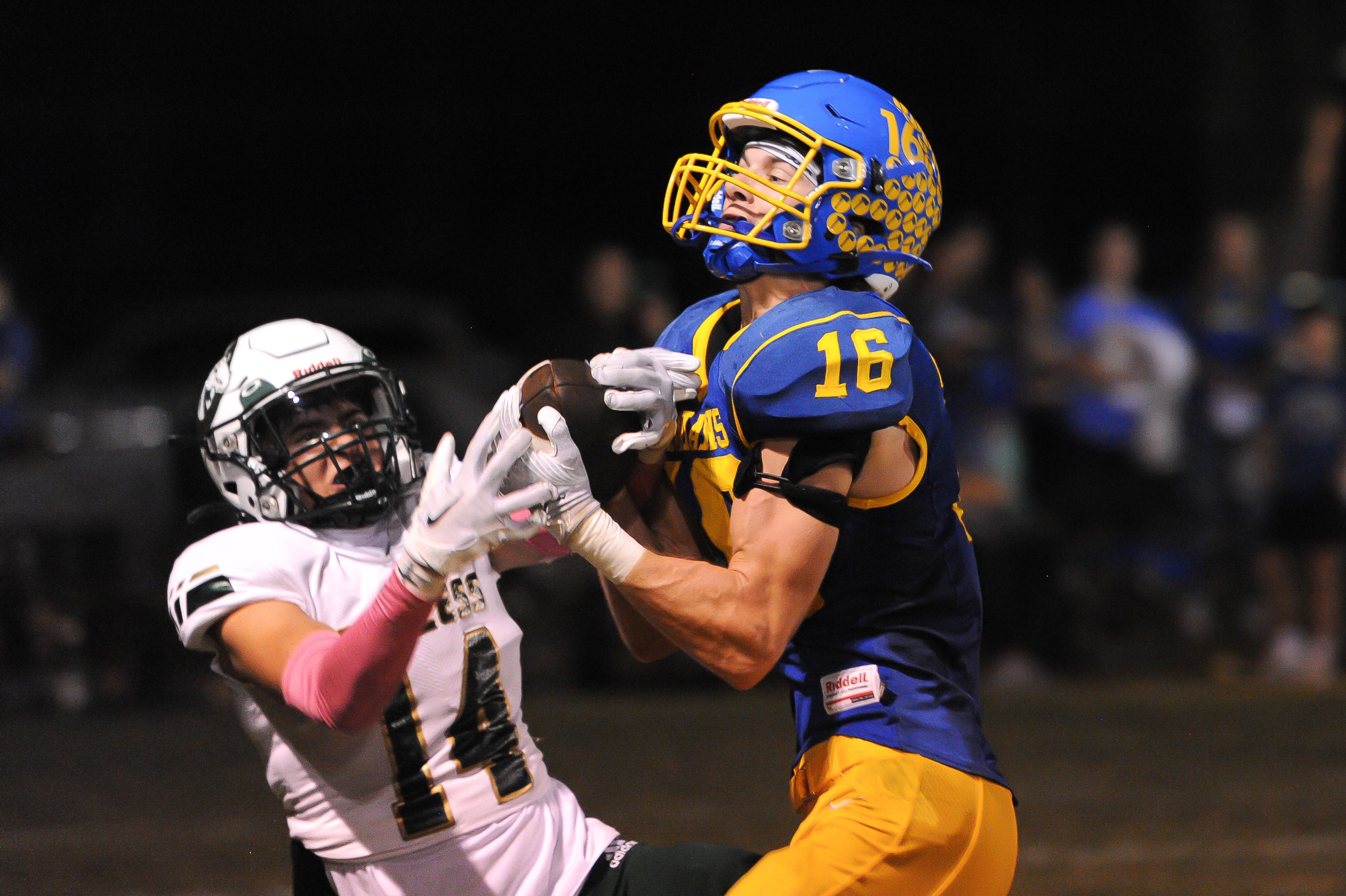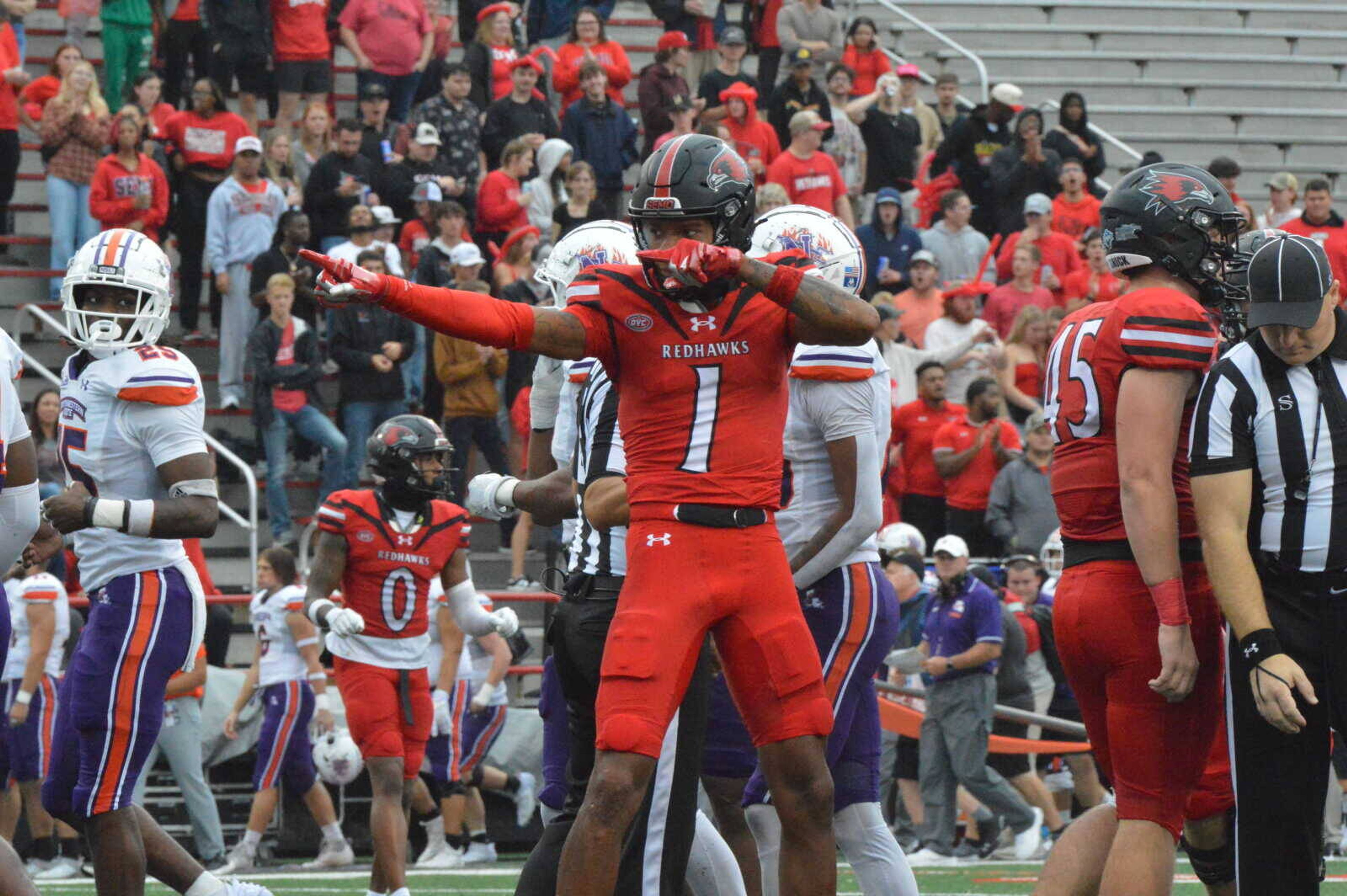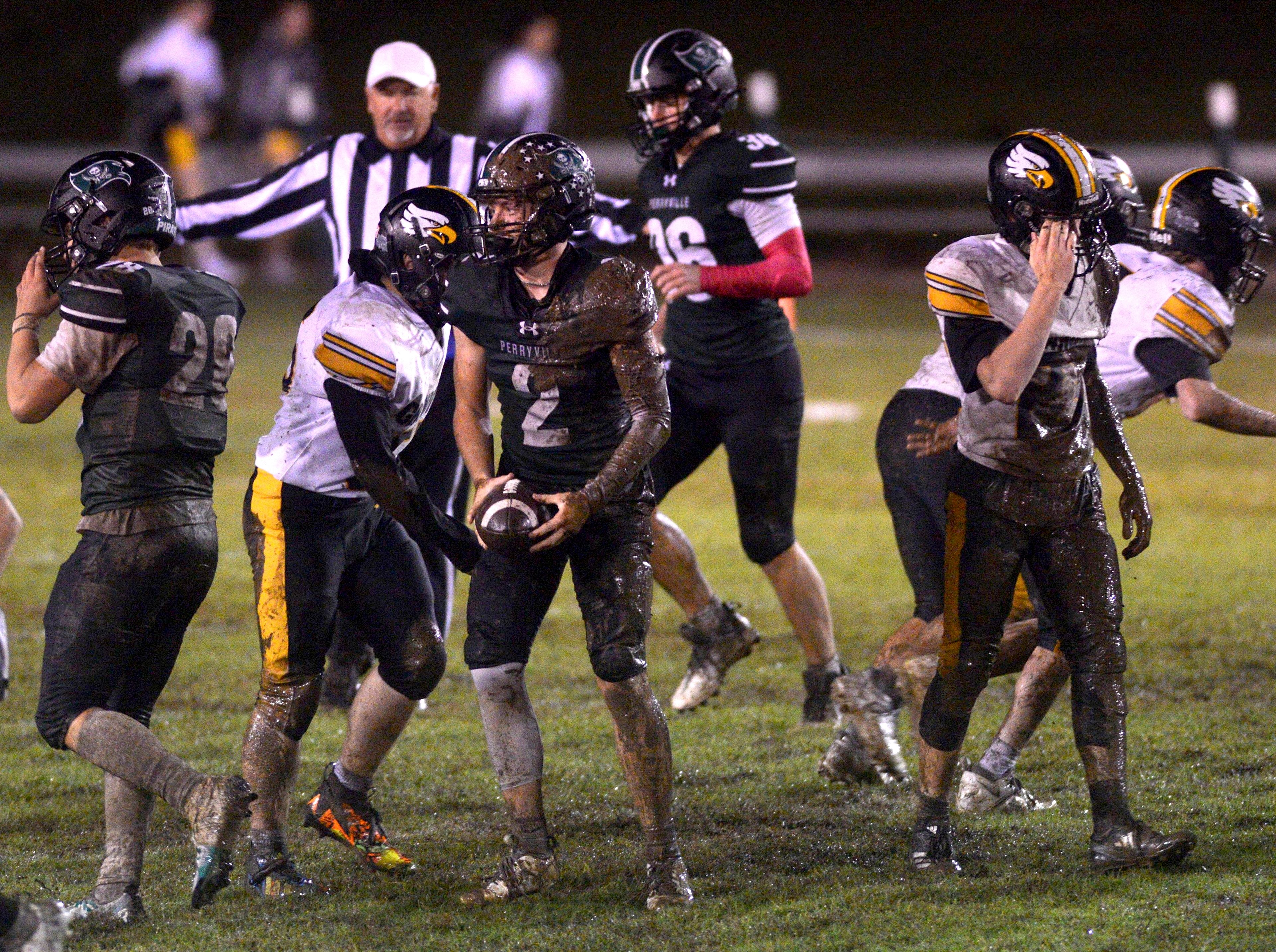You're five years old and your daddy places the ball on the tee.
You lug the 24-inch aluminum bat on your shoulder and, while Dad retreats to the pitcher's mound, you spend the next 30 seconds gauging your swing.
Back and forth, back and forth.
You're trying to get that perfect angle to send a ball all the way past the dwarfed infield.
Back and forth you swing, just like Mark McGwire does.
Finally, with all your might, you let the bat go all the way around this time.
Pow!
A ground ball back to Dad.
"What?" asks the young athlete. "Why didn't it go in the air?"
Dad, who has told you time and time again to take a level swing, brings the ball back and puts it back on the tee.
"Too low," reasons the little guy. "I bet if I raise the tee a bit, I'll get the ball in the air."
So the boy jacks up the tee an inch or two while Dad retreats. Then he repeats the process.
Pow!
This time, the ball sails over second base and the boy circles the bases, pretending he just hit the game-winning homer in the seventh inning of the World Series.
It doesn't take long for young baseball players to figure out that high balls are easier to hit.
Hitters know it, pitchers know it, t-ballers know it and coaches teach it.
So why is it that the most hittable pitch in baseball called a ball if a batter decides not to swing at it?
It's because today's Major League umpires don't have a clue.
Somehow in the 100-plus years of baseball history, Abner Doubleday's version of the strike zone has turned sideways.
The zone is supposed to range from the letters (just underneath the arm pits) to the knees and the width of the plate.
Now, the zone has flipped over and goes from the shins to halfway up the thigh and extends three inches past both sides of the plate.
The strike-zone debate has been well-documented.
Major League Baseball has told the umpires to enforce a higher strike, but there hasn't been much evidence of that happening.
A few umpires have called the high strike, but some won't so now hitters and pitchers are even more confused.
The new strike zone is supposed to be the old strike zone, but the unchanged strike zone is still the old strike zone even though its not the original. It's like a horrible Coca-Cola experiment revisited.
Perhaps more disturbing than the ever-mutating strike zone is the umpires' evolving involvement.
Different reports say that umpires have "different interpretations" of the strike zone.
Excuse me?
What part of knee caps and home plate don't they understand?
Sure, umps will miss a pitch or 10 every now and then. But to not call a strike a strike, according to the rules, is to alter the game.
It's tragic enough that home runs aren't called home runs and that a World Series is lost because of a wrong call at first base. But those types of errors are few and far between.
The original strike zone has been consistently disregarded for at least a decade.
According to many published reports, umpires just want to leave their mark on the game.
First of all, a sign of a good umpire is a low profile. The best ones are not remembered.
Secondly, if umpires want to be noticed, they can concoct some sort of weird strike or out call -- the louder, the better.
And thirdly, fans don't pay ungodly prices for tickets to watch the umps. They don't buy shirts that say "Don Denkinger, World Series Champion." They don't pack Busch Stadium to watch McGwire strike out on a ball six inches off the plate. And little boys don't dream about calling balls and strikes in the seventh game of the World Series.
If umpires are seeking glory, they're in the wrong profession.
Another trend that is disturbing among officials in pro sports is special treatment to superstars.
The strike zone is the strike zone. A travel is a travel.
Greg Maddux's strike should be the same as Manny Aybar's and a ball to Tony Gwynn should be a ball to Ron Gant.
If Latrell Sprewell is whistled for taking three steps on an open-court dunk, so should Grant Hill.
The only reason rules are established in any sport -- or society for that matter -- is to ensure fairness among all involved.
We all learned that in kindergarten.
Why can't the officials figure it out?
Connect with the Southeast Missourian Newsroom:
For corrections to this story or other insights for the editor, click here. To submit a letter to the editor, click here. To learn about the Southeast Missourian’s AI Policy, click here.







